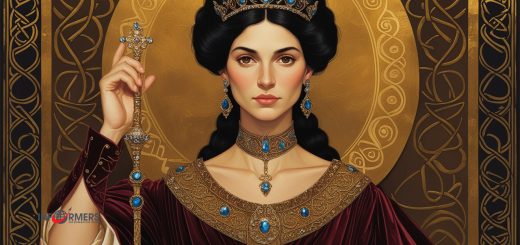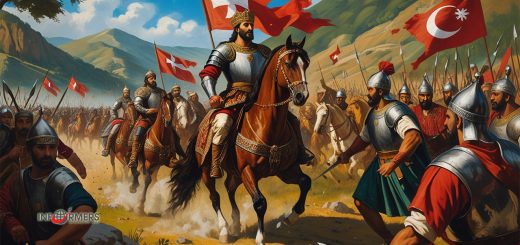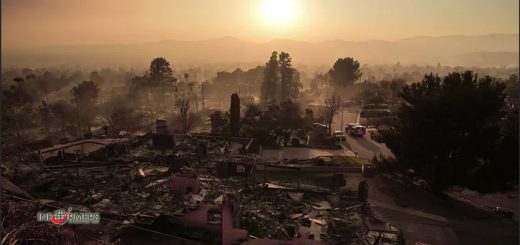The history of Italy is rich and varied

The history of Italy is rich and varied, dating back to antiquity.
Ancient times:
The first settlements appeared on the territory of modern Italy in the 3rd millennium BC.
In the 8th century BC Etruscan civilizations arose on the Apennine peninsula.
In 753 BC Rome was founded, which became a powerful republic and later an empire that encompassed most of Western Europe.
Middle ages:
The fall of the Roman Empire in the 5th century led to the disintegration of Italy into many small kingdoms and states.
In the Middle Ages, Italy was divided into city-states such as Venice, Florence, Milan, Naples, etc.
During the Renaissance (XIV-XVI centuries) Italy became the center of cultural art and science.
new time:
In the 19th century, Italy underwent a process of unification and in 1861 it became the Kingdom of Italy.
Italy participated in the First and Second World Wars, as well as many other conflicts.
After World War II, Italy became a republic and transformed its economy to become one of the largest economies in Europe.
Modern History:
Italy became the main member of the European Union and NATO.
In recent decades, the country has experienced political instability, changes in governments, and economic difficulties.
Italy remains one of Europe’s most important countries with a rich cultural and historical heritage, including ancient ruins, Renaissance masterpieces and famous cuisine.
new time:
Italian Unity: In the 19th century, after many battles and wars, Italy was united in 1861 into the Kingdom of Italy.
Wars and Fascism: Italy participated in the First and Second World Wars. Between the wars, the country was under the fascist rule of Benito Mussolini.
Postwar Italy: After World War II, Italy transformed its economy and became one of the world’s leading industrial powers. It also became a republic in 1946.
Ancient times:
The first settlements appeared in Italy in the 3rd millennium BC.
The Etruscans, an ancient people, settled in central Italy and created an advanced civilization.
In 753 BC Rome was founded, which became a powerful republic and later an empire that encompassed most of Western Europe.
Middle ages:
The fall of the Roman Empire in the 5th century led to the disintegration of Italy into many small kingdoms and states.
In the Middle Ages, Italy was divided into city-states such as Venice, Florence, Milan, Naples, etc.
During the Renaissance (XIV-XVI centuries) Italy became the center of cultural art and science.
new time:

In the 19th century, Italy underwent a process of unification and in 1861 it became the Kingdom of Italy.
Italy participated in the First and Second World Wars, as well as many other conflicts.
After World War II, Italy became a republic and transformed its economy to become one of the largest economies in Europe.
Modern History:
The Roman Empire: was founded in Rome left an important legacy in architecture, law and administration.
Italian Renaissance: The Renaissance, which began in Italy in the 14th and 15th centuries, brought great artists, philosophers, and scientists, reviving interest in ancient culture and art.
Italian Fascism: Benito Mussolini came to power in Italy in 1922, establishing a fascist regime that lasted until the end of World War II.
Italian Republic: After World War II, Italy became a republic and the kingdom was dissolved.
Economic development: Italy experienced significant economic growth in the post-war decades, particularly in the 1950s and 1970s, becoming one of the world’s leading industrial nations.
Political instability: Since the early 1990s, Italy has been plagued by political instability, periods of change of governments and corruption scandals.
Contemporary challenges: In recent decades, Italy has faced economic and financial problems, migration challenges and participation in international efforts to fight terrorism and maintain peace.
Italy remains one of the cultural and historical capitals of the world, attracting millions of tourists every year for its architecture, art, cuisine and rich history.
Lazio is a region in central Italy with a rich historical and cultural heritage. The main administrative center of the region is Rome, the capital of Italy and one of the most important historical and cultural cities in the world. Here are some key aspects and information about the Lazio region:
Rome: Rome is the cultural, historical and political center of Italy. There are many ancient monuments such as the Colosseum, the Pantheon, the Roman Forum, as well as many museums and man-made galleries.
Vatican City: The small independent area of Vatican City is completely surrounded by Rome and is the center of the Catholic Church and the home of the Pope. The Vatican is home to St. Peter’s Basilica and many other cultural and religious landmarks.
Tyrrhenian Sea Coast: Lazio has a beautiful Tyrrhenian Sea coast with resorts such as Ostia, Sabaudia and Gaieta.
Monuments and Architecture: The region is rich in architectural and archaeological monuments, including ancient Roman villas, ruins and medieval castles.
History and Culture: Lazio has a rich historical past, dating back to the ancient Roman Empire, medieval city-states and the Renaissance. The region is also known for its cuisine, including famous Italian dishes such as pasta and Roman pizza.
Natural parks: Lazio is home to natural parks, including the Apennine National Parks and many lakes that offer opportunities for active recreation and ecotourism.
The Lazio region offers a rich and varied experience for tourists and researchers of history and culture, especially because of its connection with ancient Rome and the religious importance of Vatican City.
The history of Rome is rich and fascinating. It begins with the legendary founding of the city and extends through the centuries as Rome became a powerful empire and the center of an ancient civilization. Here is a brief history of Rome:
Founding of Rome (753 BC): According to legend, Rome was founded on the banks of the Tiber River in 753 BC. in 753. The closeness of the brothers Romulus and Remus. This moment is considered the beginning of the history of Rome.
Roman Republic (509-27 BC): Rome became a republic where power rested with the senate and popular assemblies. During this period there were internal conflicts, wars and conquests, which led to the expansion of the Roman territory.
Roman Empire (27 BC – AD 476): BC in the 27th year. Octavian Augustus (formerly Octavian) became the first emperor of Rome and began to strengthen the empire. The Roman Empire reached its greatest heights under the emperor Trajan (98-117 AD), covering much of Europe, North Africa, and the Middle East.
Decline and destruction (III-V centuries AD): in the III century. The Roman Empire faced crises, including internal power struggles, economic problems, and barbarian invasions. in 476. Rome was conquered by the barbarians, marking the end of the Western Roman Empire.
Byzantine Empire (4th-6th centuries): The Eastern Roman Empire, known as the Byzantine Empire, continued to exist and rule territories in the east until the fall of Constantinople in 1453.
Middle Ages and Renaissance (5th-15th centuries): In the following centuries, Rome was ruled by various states and empires, including the Ostrogothic Kingdom, the Byzantine Empire, the Papal States, and others. The Renaissance period began in the 15th century when Rome became the center of culture, art and science.
One modern exception (XIX-XXI centuries): in the 19th century, Italy was united in the Kingdom of Italy, with Rome as its capital. In 1946, the monarchy was abolished and Italy became a republic. Today, Rome is the capital of Italy and one of the leading centers of culture and art in the world.
Rome’s history is so rich and interesting that it continues to attract scholars, historians and tourists from all over the world who want to immerse themselves in its amazing past and enjoy its cultural richness.


















